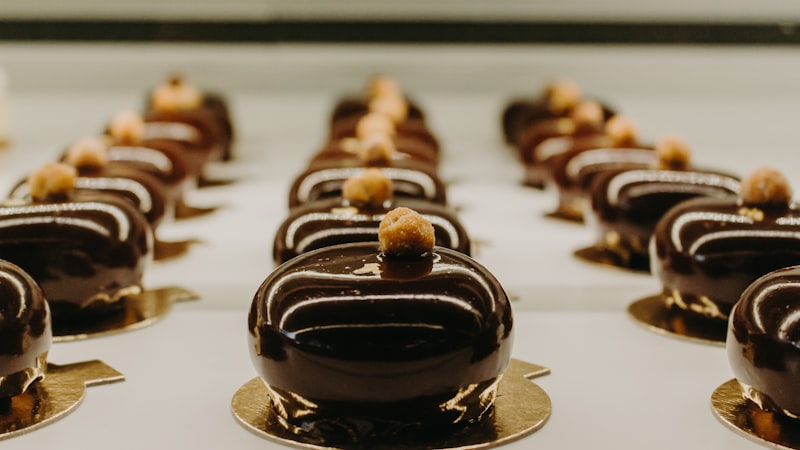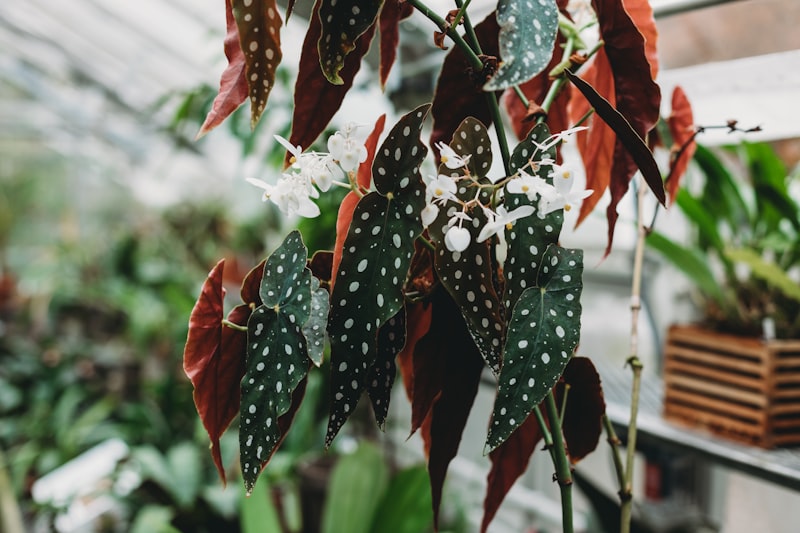Beirut, the vibrant capital city of Lebanon, is a captivating destination that seamlessly blends ancient history with modern charm. Located in the Middle East, Beirut is situated in the western part of the Asian continent.
Nestled along the eastern shore of the Mediterranean Sea, this enchanting city boasts a rich cultural heritage and a fascinating mix of influences from various civilizations that have shaped its identity over the centuries. From Phoenician settlements to Roman rule, Arab dynasties, and French colonialism, Beirut’s history is as diverse as it is captivating.
Lebanon itself is bordered by Syria to the north and east, and Israel to the south, making it a geographically significant country in the region. Its strategic location has resulted in Beirut becoming a hub for trade, commerce, and cultural exchange throughout history.
Despite facing challenges and conflicts, Beirut has always managed to rise above adversity, earning itself the nickname “the Phoenix of the Middle East.” The city has undergone significant reconstruction after periods of turmoil, once again emerging as a cosmopolitan metropolis renowned for its vibrant nightlife, delicious cuisine, and warm hospitality.
Walking through the streets of Beirut, you’ll be greeted by a mosaic of architectural styles, ranging from Ottoman and French colonial buildings to modern skyscrapers. The bustling markets, known as souks, offer a sensory feast of sights, sounds, and aromas, where you can immerse yourself in the local culture and indulge in traditional delicacies.
Whether you’re exploring the historical sites of the Roman Baths or the National Museum, relaxing along the picturesque Corniche, or savoring the famous Lebanese mezze while enjoying the panoramic view of the city, Beirut promises an unforgettable experience for every visitor.
Beirut is located in Lebanon, a country in the Middle East. Its unique blend of history, culture, and resilience makes it a remarkable destination that continues to captivate travelers from around the world. Discover the magic of Beirut and immerse yourself in its rich tapestry of traditions, flavors, and stories waiting to be told.
Beirut, the Vibrant Capital of Lebanon: A Multicultural Gem in the Middle East
Have you ever wondered about the hidden jewels of the Middle East? Look no further than Beirut, the vibrant capital of Lebanon. Nestled on the eastern coast of the Mediterranean Sea, this city is a true multicultural gem that mesmerizes visitors with its rich history, diverse culture, and captivating charm.
Step foot in Beirut, and you’ll be transported to a world where the past seamlessly blends with the present. The city boasts a fascinating historical tapestry, evident in its architectural marvels like the Roman Baths, the iconic Mohammad Al-Amin Mosque, and the ancient ruins of Baalbek nearby. As you wander through the streets, you’ll feel the weight of centuries-old stories etched into the walls.

But Beirut isn’t just a city frozen in time; it’s a dynamic hub of modernity and innovation. The bustling streets are lined with trendy cafes, stylish boutiques, and art galleries that showcase the creative spirit of the Lebanese people. From traditional souks brimming with spices and handicrafts to sleek rooftop bars offering panoramic views, there’s something for every taste and preference.
What truly sets Beirut apart is its multicultural fabric. This cosmopolitan city embraces diversity, welcoming people from all walks of life with open arms. Wander through neighborhoods like Gemmayzeh and Mar Mikhael, and you’ll witness a kaleidoscope of cultures coming together in perfect harmony. Lebanese, Syrians, Palestinians, Armenians, and many more communities create a vibrant mosaic of traditions, languages, and flavors.
Speaking of flavors, prepare your taste buds for a culinary adventure like no other. Lebanese cuisine is renowned worldwide for its exquisite dishes bursting with freshness and flavors. Indulge in mezze platters featuring hummus, tabbouleh, and falafel, savor succulent grilled meats and seafood, and satisfy your sweet tooth with delectable pastries like baklava. Beirut’s food scene is a tantalizing fusion of tradition and innovation that will leave you craving for more.
In this bustling city, time seems to lose its meaning. From the lively nightlife that stretches into the early hours to the tranquility of the Corniche, where waves kiss the shore, Beirut has something for everyone. Whether you’re a history enthusiast, a culture buff, a food lover, or simply seeking a place where old meets new, Beirut will capture your heart and ignite your senses.
So pack your bags, and embark on an unforgettable journey to Beirut, the vibrant capital of Lebanon. Prepare to be amazed by its hidden treasures, enchanted by its warm hospitality, and immersed in its rich tapestry of cultures. Beirut awaits, ready to unveil its many wonders to the curious traveler.
Discover Beirut: The Cultural Melting Pot Nestled on the Mediterranean Coast
Welcome to Beirut, the vibrant and captivating city nestled on the Mediterranean Coast. This enchanting destination offers a unique blend of history, culture, and breathtaking beauty that will leave you in awe. Let’s take a closer look at why Beirut is the ultimate cultural melting pot.
Beirut, often referred to as the “Paris of the Middle East,” exudes an irresistible charm that draws visitors from all over the world. As you stroll through its bustling streets, you’ll be greeted by a delightful fusion of architectural styles, reflecting its rich and complex history. From Ottoman-era buildings to French colonial structures and modern skyscrapers, Beirut’s skyline tells a story of resilience and reinvention.

But it’s not just the architecture that makes Beirut a cultural gem. The city boasts a diverse population, comprising people from different religious and ethnic backgrounds. This diversity is evident in the culinary scene, where you can savor a delectable array of Lebanese delicacies, influenced by Arab, Mediterranean, and European flavors. From mouthwatering mezze to aromatic shawarma and freshly baked manakish, Beirut offers a culinary adventure like no other.
Art and culture thrive in every corner of Beirut. The city is home to numerous art galleries, museums, and theaters that showcase the talents of local and international artists. Whether you’re a fan of contemporary art, traditional music, or experimental theater, Beirut has something to pique your interest. The annual Beirut Art Fair and Beirut International Film Festival are must-attend events for art enthusiasts.
Beyond its cultural offerings, Beirut spoils visitors with its stunning natural beauty. With its picturesque coastline, crystal-clear waters, and charming beach clubs, the city is a paradise for sun-seekers. Whether you want to relax on the sandy shores or indulge in water sports like snorkeling and jet skiing, Beirut’s beaches have it all.
Beirut is a captivating destination that effortlessly blends history, culture, and natural beauty. From its diverse architecture to its mouthwatering cuisine and vibrant arts scene, the city offers a truly immersive experience. Whether you’re a history buff, a food lover, or an art enthusiast, Beirut will leave an indelible mark on your heart. So pack your bags and get ready to discover the wonders of this cultural melting pot nestled on the Mediterranean Coast.
Beirut: A City Rebuilding and Thriving Amidst Adversity
When it comes to resilience and determination, few cities can match the spirit of Beirut. Despite facing countless challenges throughout its history, this vibrant city has always managed to rise from the ashes, rebuilding itself in ways that leave visitors in awe.
Beirut, the capital of Lebanon, has been no stranger to adversity. From civil wars to political unrest and devastating explosions, this city has endured more than its fair share of hardships. However, what sets Beirut apart is its unwavering ability to rebuild and thrive amidst these adversities.
Walking through the streets of Beirut today, one can witness a city that is bustling with energy, rejuvenation, and a palpable sense of hope. The scars of the past are still visible, but they serve as a reminder of the city’s resilience rather than a deterrent to progress.
The people of Beirut, known for their warmth and hospitality, have played a crucial role in the city’s resurgence. They have embraced a collective mindset of rebuilding, putting aside differences to work towards a common goal – creating a better future for themselves and the generations to come.
Architecturally, Beirut showcases a captivating blend of the old and the new. Ancient ruins and historical landmarks stand side by side with modern skyscrapers and contemporary designs, painting a vivid picture of the city’s rich history and its aspirations for the future. This unique juxtaposition creates an atmosphere that is both nostalgic and forward-looking, attracting tourists from all corners of the globe.
Beyond its physical transformation, Beirut has also witnessed a cultural renaissance. The city’s vibrant arts scene, thriving music festivals, and burgeoning culinary landscape have earned it the reputation of being a cultural hub in the Middle East. From traditional Lebanese cuisine to experimental art installations, Beirut offers an eclectic mix of experiences that captivate the senses and ignite the imagination.
Unveiling Beirut’s Rich History: From Ancient Roots to Modern Resurgence
Have you ever wondered about the captivating history of Beirut? This vibrant city, nestled on the eastern coast of the Mediterranean Sea, is a treasure trove of ancient roots and a testament to modern resurgence. Let’s delve into the intriguing details of Beirut’s rich history and discover how it has evolved over the centuries.
Beirut’s story begins in antiquity, where it served as a crossroads between civilizations. With its strategic location, the city became a hub for trade and cultural exchange. Phoenicians, Romans, Byzantines, and Arabs all left their marks on Beirut, shaping its character and architecture. Walking through its streets today, you can still witness remnants of these ancient civilizations, such as the Roman Baths and the Cardo Maximus.
However, Beirut’s history also holds tales of destruction and resilience. In the 1970s and 1980s, the city endured a devastating civil war that left scars on its landscape and people. Yet, despite the hardships, Beirut emerged from the ashes like a phoenix, showcasing its unwavering spirit and determination to rebuild.
In recent years, Beirut has experienced a remarkable resurgence. The city has become a thriving cultural and artistic hub, attracting visitors from around the world. Its vibrant nightlife, buzzing souks, and eclectic mix of old and new architecture create an enchanting ambiance that captivates all who visit.
One of the highlights of Beirut’s modern resurgence is the reconstruction of the downtown area, known as Solidere. Once a war-torn district, it has been transformed into a dazzling urban center with luxurious shops, trendy cafes, and stylish residences. Strolling through Solidere, you can’t help but be amazed by the juxtaposition of contemporary architecture against the backdrop of ancient ruins.
Beirut’s rich history continues to shape its identity today. It stands as a symbol of resilience, a testament to the indomitable human spirit. Exploring its streets and uncovering its hidden gems is like stepping back in time while embracing the vibrancy of the present.
Beirut’s history is a captivating tapestry woven with threads from ancient civilizations and tales of rebirth. From its ancient roots to its modern resurgence, this city has overcome challenges and emerged stronger than ever. By preserving its heritage and embracing innovation, Beirut continues to amaze and inspire visitors, offering a unique blend of old-world charm and contemporary allure.